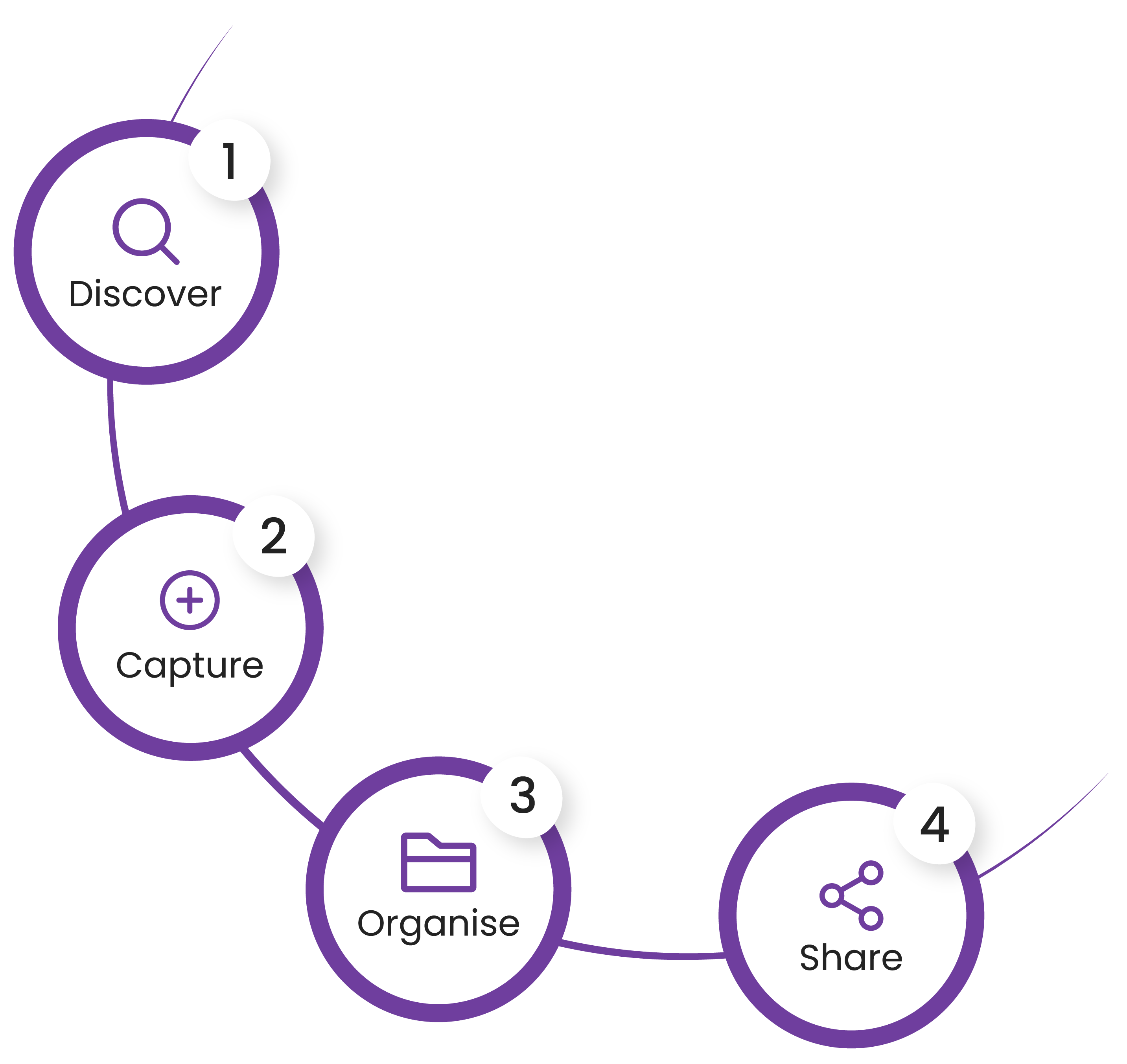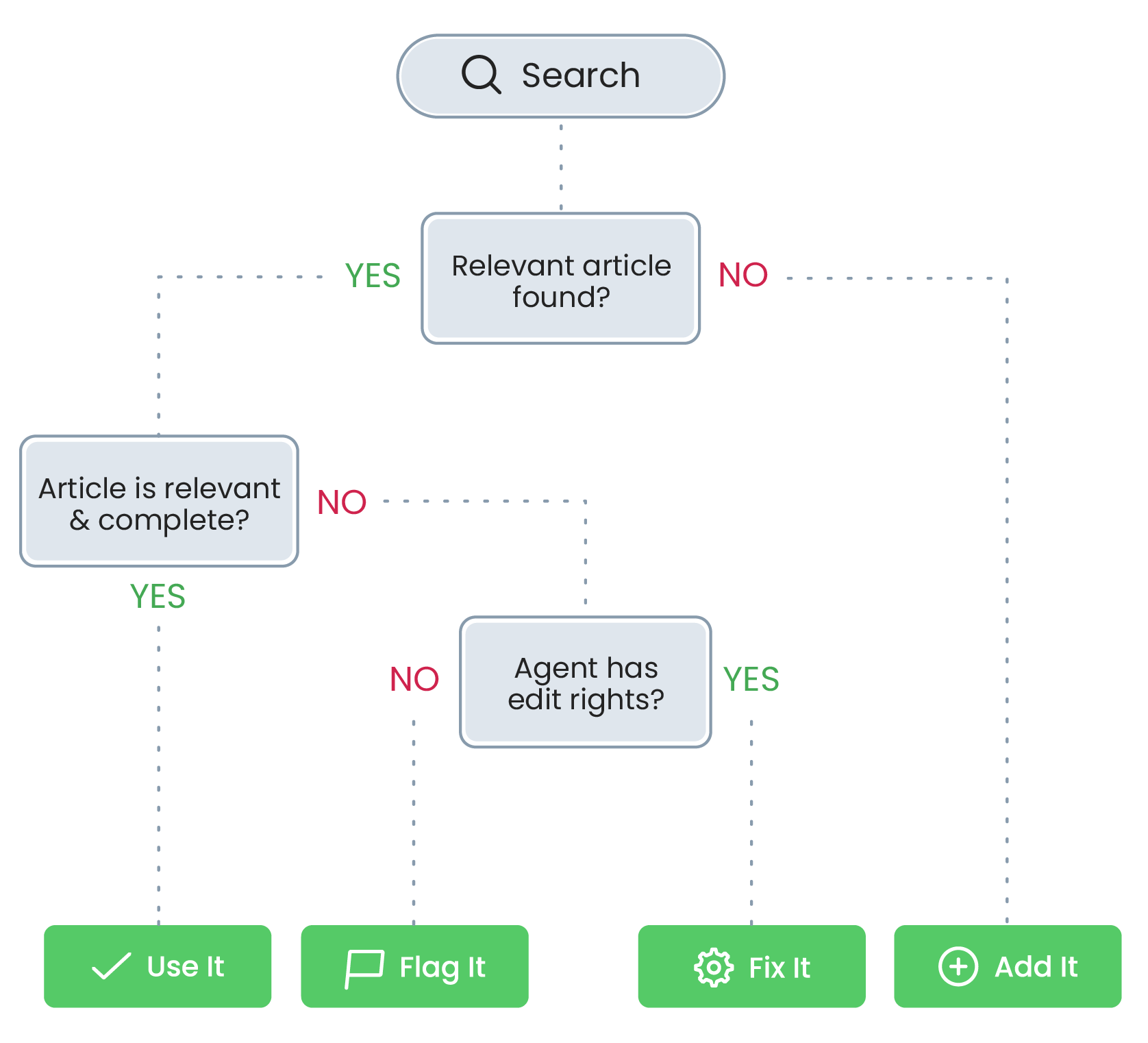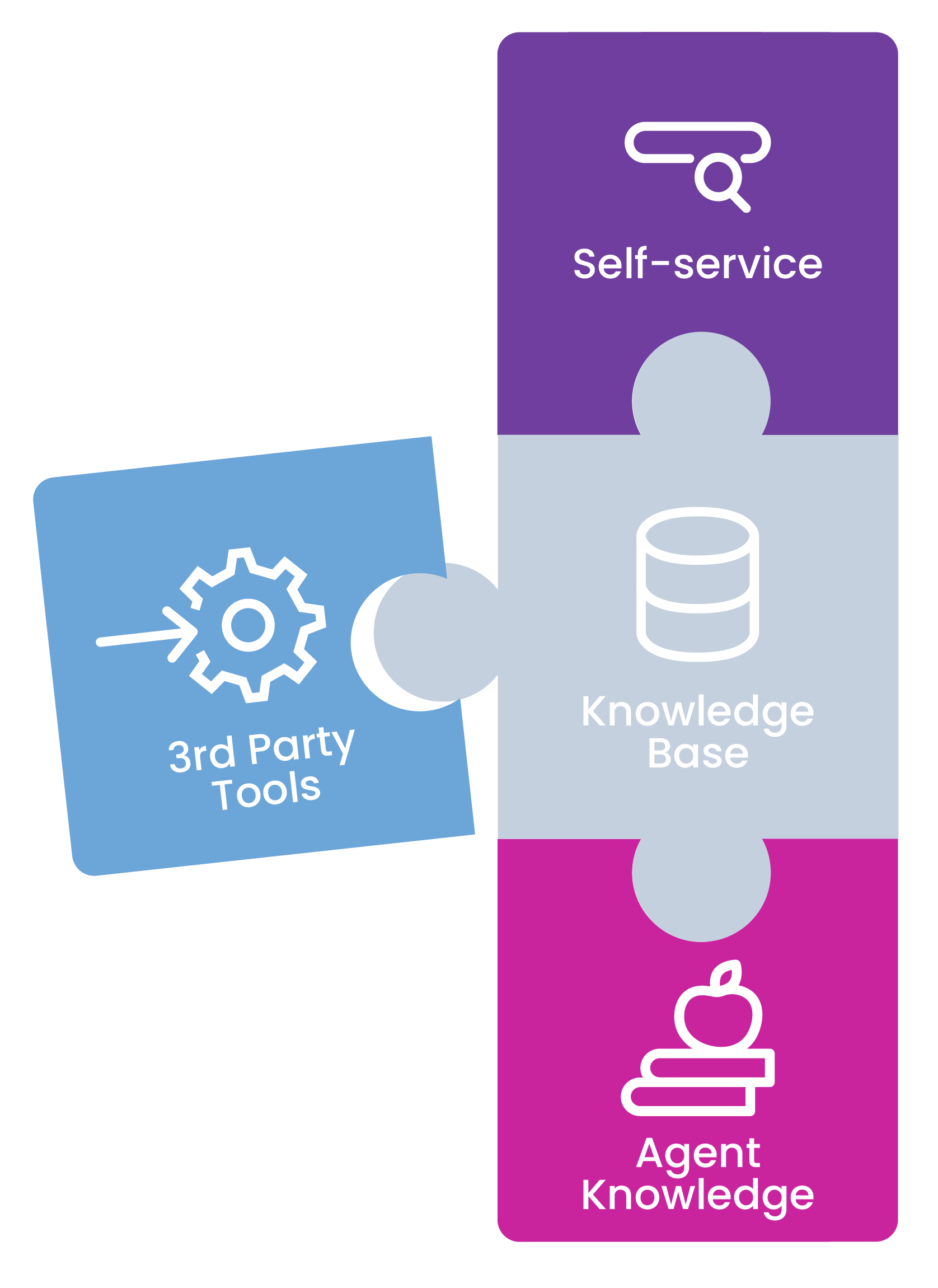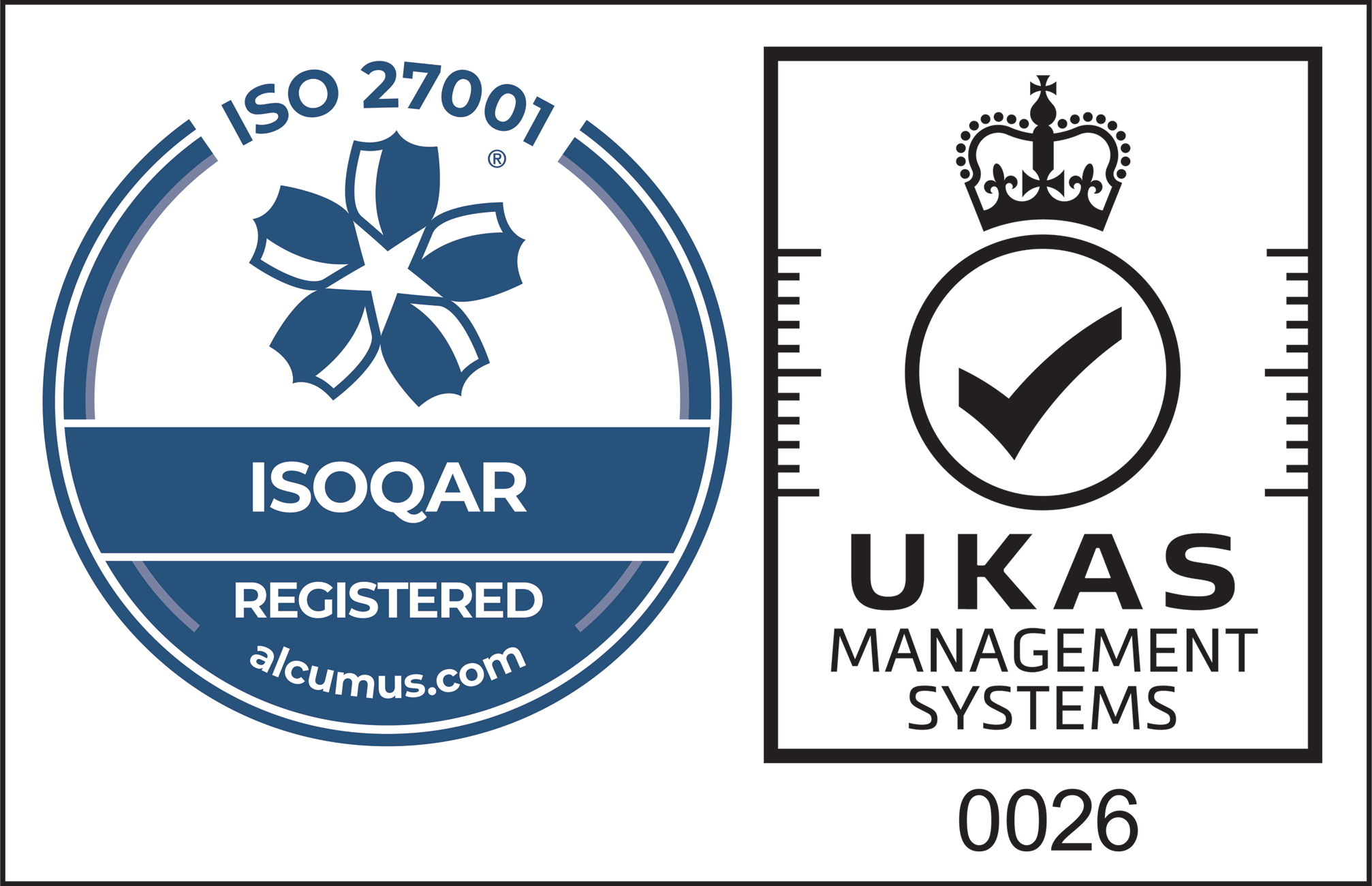Synthetix have the complete platform of customer service tools.
Book a demo of any of our products below
It has become particularly useful since 2020 as 49% of employed adults in the UK now work from home due to the COVID-19 crisis – a measure that is expected to remain for most employees post-pandemic. There has never been a greater requirement for remote access to knowledge, both for employees who need to fulfil their roles remotely and for customers who prefer to use online channels when it comes to getting the support they need.
Knowledge management is a sophisticated discipline that should be central to a company, interconnecting its departments and technologies. To some, knowledge management might be perceived as complex, but it doesn’t need to be daunting. These 12 Knowledge management best practices aim to simplify and help you get the most out of knowledge management:
- Identify Knowledge Management Goals
- Choose Knowledge Management Software That Is Easy to Adopt
- Don’t Stray from The Knowledge Management Process
- Look at Knowledge as an Asset
- Consider Employee Needs
- Don’t Forget the Ultimate End-User: Your Customer
- Don’t Neglect Regular Knowledge Acquisition Exercises
- Motivate Employees
- Don’t Forget: UFFA
- Remember: Leadership Should Advocate Knowledge Management
- Select Knowledge Management Software That Can Be Seamlessly Implemented
- Monitor Knowledge Management Success with Metrics
Before we jump into each of these, let’s briefly discuss the importance of knowledge management for organisations.
Why Is Knowledge Management So Important?
Knowledge Management is adopted by organisations to utilise knowledge across departments. The discipline is crucial to many companies and involves the identification, extraction, contextualisation, organisation, storage and of course, the management of company knowledge.
When implemented correctly, knowledge management gives you:
- Faster, more efficient decision making
- Access to accurate and consistent information
- Reduced Average Handling Times (AHT)
- Improved First Contact Resolution (FCR)
- Reduced training and onboarding times
- Increased staff morale
- Greater CSAT and NPS scores
- Reduced routine enquiries
Knowledge Management as a function deals with both explicit and tacit knowledge. Explicit knowledge is easy to capture and communicate, often involving data, documents and manuals. Whilst tacit knowledge is complex and therefore difficult to interpret and extract, it is often accumulated through experience and requires specialised methods to obtain, including interviews and knowledge harvesting.
Harnessed through specific tools and software, knowledge management allows employees access to a centralised repository of knowledge, otherwise known as a knowledge base . Depending on their position, they can access vital information quickly and in a user-friendly way.
Check out the knowledge management software buyer’s guide, here.
Knowledge management is important to businesses as it gives them control over a major asset, knowledge. It aims to prevent years of tacit knowledge from being lost or forgotten and focuses on embedding knowledge into the company culture to encourage transparency and collaboration. But perhaps most important, is the role it plays in significantlypromoting customer service and operational efficiency.
1. Identify Knowledge Management Goals
What are the drivers behind implementing knowledge management into your company?
Whether it surrounds operational efficiency, organisational collaboration and learning or customer satisfaction, it’s vital that knowledge management objectives are identified, constructed and then broken down into goals.
Knowledge management goals might involve the reduction of support costs, the increase in NPS scores, the deflection of contact for contact centres or improvement of internal communication. Whatever the goals are, it is important to set them with the appropriate people who are involved in monitoring them, make them SMART and adjust through time if necessary.
Knowledge management is considered a valuable investment, so its important goals are set initially and you have the tools in place to measure the results frequently throughout the knowledge management process. This prevents lack of control over the discipline and therefore helps you get the most out of it and quicker.
2. Choose Knowledge Management Software That Is Easy to Adopt
It’s important to note that knowledge management software is an essential element of knowledge management opposed to a best practice. Without knowledge management software the discipline could not function.
We know that knowledge management is key for businesses who wish to improve control, efficiency and customer satisfaction and that this is achieved by utilising knowledge management software.
But, what is the best way to get employees to embrace knowledge management software? Choose a tool that is easy to use. This is reinforced by Gartner who suggest you can “empower employees by providing easy-to-use powerful technologies” that positively impact employee engagement and subsequently, customer experience.
So, consider software like a Knowledge Base that centralises all company knowledge into one user-friendly library.
Good knowledge management software will:
- Be built upon AI and algorithms to generate relevant answers
- Utilise Natural Learning Processing (NLP) to understand naturally phrased queries
- Allow for multiple editors
- Gamify the editing process
- Organise knowledge using filters, categories and views
- Learn from user behaviour to identify errors and most popular queries
3. Don’t Stray from The Knowledge Management Process
One of the most important knowledge management best practices involves process. The process in which you use to execute knowledge management will differ from what other businesses follow. There are endless variations and steps, but in its simplest form, the knowledge management process can be categorised into 4 stages: discovery, capture, organise and share.
Discover
The first step of the knowledge management process concerns identifying what explicit knowledge already exists within the company and documenting it. This could include gathering documents from company intranets or data mining shared company resources.
Capture
This involves the skilled extraction of tacit knowledge from employees’ brains. This stage can prove complex and time-consuming as the majority of knowledge is difficult to articulate, is not documented and requires specific exercises to capture.
Organise
Once company knowledge has been captured, it can be pruned and organised so that it is suitable for consumption. Knowledge management software is used to organise, categorise and filter knowledge, allowing employees to access the right knowledge at the right time.
Share
Finally, this step includes the sharing, developing and management of vital company knowledge. Knowledge management software such as a knowledge base is used to facilitate knowledge sharing across multiple teams and locations and can even integrate with customer service tools to enhance the customer journey.

Not only is it vital to follow a process that integrates well with existing workflows and company culture, but it is equally important that your knowledge management process is closely monitored and carried out correctly.
Missing out, skipping or spending too much time on one area of the knowledge management process could prove detrimental to its successful execution, instead use comprehensive project management and don’t stray from the process.
You can learn more about the knowledge management process here.
4. Look at Knowledge as an Asset
Knowledge has a measurable monetary value. In companies where knowledge accumulates only in employees’ heads and across disconnected systems, they face increased operational and opportunity costs by not leveraging the value of shared knowledge.
Therefore, it’s important to communicate the idea that knowledge is more than an entity in one’s head, but to a business in particular, a valuable asset.
Once employees associate knowledge with other assets, like people, cash, brand and customers, they begin to understand its importance. Similar to how these assets have their own processes, teams and specialist software, so does knowledge.
This shift in attitude towards knowledge encourages employees to appreciate, protect and invest in the asset.
5. Consider Employee Needs
As mentioned, one of the many goals surrounding knowledge management is to better serve employees. When executed well, it is considered a valuable tool that makes employee’s jobs easier, getting more done with fewer obstacles in the way – it can even help them reach targets more efficiently.
Find out what you’re struggling with. If siloed knowledge or information hubs are becoming a problem for them? Are mundane routine questions preventing them from resolving complex queries? Or are customer satisfaction scores below target?
Your employees are one of your main users when it comes to knowledge management, so consider their needs and make decisions based on this. For example, if siloed knowledge or information ‘hubs’ are a pain point, assign an executive who knows how to tackle such a problem. If the sheer volume of routine questions is becoming a burden to contact centre employees, choose knowledge management software that can automate FAQs by using web self-service.
6. Don’t Forget the Ultimate End-User: Your Customer
From an external viewpoint, your end-users are your customers who play a crucial role within your business. Whether they require access to knowledge for customer support or sales purposes, it’s important to provide them with a tool that can produce relevant answers and resolutions efficiently.
Web self-service software seamlessly connects to a particular view of your knowledge base – one that is built for your customers’ needs. The utilisation of Natural Language Processing (NLP) helps unravel customer queries, identifying search intent and subsequently offering your customers the information they require.
Today, more and more customers want to serve themselves online, therefore it is vital for CX that user-friendly, AI-powered self-service tools are provided for a smooth and successful customer journey.
7. Don’t Neglect Regular Knowledge Acquisition Exercises
Knowledge is always being accumulated. To prevent it from being siloed within teams, forgotten, or lost when employees leave, ensure regular knowledge acquisition exercises are carried out. This is the ultimate knowledge management best practice.
Knowledge acquisition exercises are designed to capture any new knowledge that is not yet stored in a company knowledge base and include:
- Retrospect (reflection meetings that take place after the completion of a project)
- Knowledge harvesting (scheduled meetings with senior employees intended to capture knowledge)
- Interviews and surveys
To ensure your company doesn’t miss out on valuable shared knowledge, schedule in these knowledge acquisition exercises, this will not only capture the all-important knowledge but also encourage employees to actively document knowledge moving forward.
8. Motivate Employees
Any major organisational change can create friction and resistance amongst employees and there is no exception when it comes to implementing knowledge management. So how do you get employees to embrace the practice?
Involve employees as much as you can at as many levels as you can to create passion around knowledge management – it is something that will make everyone’s job much easier after all. Have employees contribute to the creation of knowledge articles or edit themselves to give them a sense of ownership and motivation.
Some knowledge management tools even ‘gamify’ certain elements of knowledge creation; employees can suggest articles to be included in the knowledge base, if approved the article is posted for others to interact with.
9. Don’t Forget: UFFA
The ‘use it, flag it, fix it, add it’ framework is used within knowledge management and can help with adoption and efficiency.
The UFFA model helps employees navigate knowledge management tools such as a knowledge base. It encourages them to search for the query at hand, suggesting 4 actions based on the outcomes:
- Use it if the answer to an agent’s question is found, is relevant and complete
- Flag it if the answer to an agent’s question is found, but is incomplete and the agent doesn’t have editing rights
- Fix it if the answer to an agent’s question is found, but is incomplete and the agent has editing rights
- Add it if the answer to the question is not found, this is something your assigned Editor can oversee

It is not only useful to teach employees UFFA when knowledge management is first introduced into the company, but it is something that should be practised indefinitely, becoming an everyday workflow.
A key knowledge management best practice includes embedding UFFA early on to boost efficiency as agents waste less time waiting for permissions and answers to encourage collaboration companywide.
10. Remember: Leadership Should Advocate Knowledge Management
To ensure that knowledge management is fully utilised across teams, the discipline should be advocated by key people of influence in the company. Whether it’s your directors or senior leadership team it is important to communicate the importance and benefits of knowledge management and generate excitement.
Leaders should lead by example; they should involve employees as much as possible when it comes to advocating knowledge management. Some effective methods include coaching employees, organising hands-on workshops and keeping the company up to date via regular newsletters.
If the key people of influence within your company are not passionate about knowledge management, then how can you expect the wider workforce to be?
11. Select Knowledge Management Software That Can Be Seamlessly Implemented
Having knowledge management software that seamlessly integrates with other internal and customer-facing tools is vital if knowledge management is to succeed.
You can avoid this by selecting knowledge management software that is built on open RESTful APIs. This way you can connect to:
- Most 3rd party systems including email management tools and CRMs
- Internal software that allows your team access to company knowledge when assisting customers. This helps agents quickly resolve customer queries by producing answers pulled from centralised knowledge
- Customer-facing tools such as web self-service that customers use to answer their own questions. This software is integrated with a segment of the wider company knowledge, displaying relevant answers based on the customer’s question to reducing overall contact

12. Monitor Knowledge Management Success with Metrics
You can’t manage what you can’t measure.
Just like any new initiative or campaign that is introduced into a company, it’s vital that knowledge management is measured to ensure you are moving in the right direction and not wasting time, money or other resources.
How? Well, this will depend on your initial knowledge management goals and the core purpose for implementing the discipline.
Key metrics that can measure the success of knowledge management include:
- Outcome analysis – knowledge feedback is measured to give companies an indication of how effective a tool is in providing a successful customer journey
- CSAT scores – this is important for companies whose knowledge management goals surround customer satisfaction. If CSAT scores have increased, then it is likely that knowledge management is having a positive effect on customers.
- Agent efficiency – metrics such as Average Handling Times (AHT)
- First Contact Resolutions (FCR) can be measured to identify whether knowledge management has helped improve agent efficiency.
- Employee engagement – if lack of collaboration and knowledge silos were challenges for your company, then this metric can help determine if you are on track. If employee engagement has increased, you can assume knowledge management is working.
- Employee satisfaction – anonymous surveys can be distributed before and after the deployment of knowledge management, this will help you understand whether it has been accepted and successful.
There is a multitude of factors that can affect knowledge management and how it operates in your company. The knowledge management best practices that have been discussed in this article can be referred to time and time again, regardless of the stage you are at within implementation.
If you would like any advice or help implementing knowledge management into your company, you can read more here or


